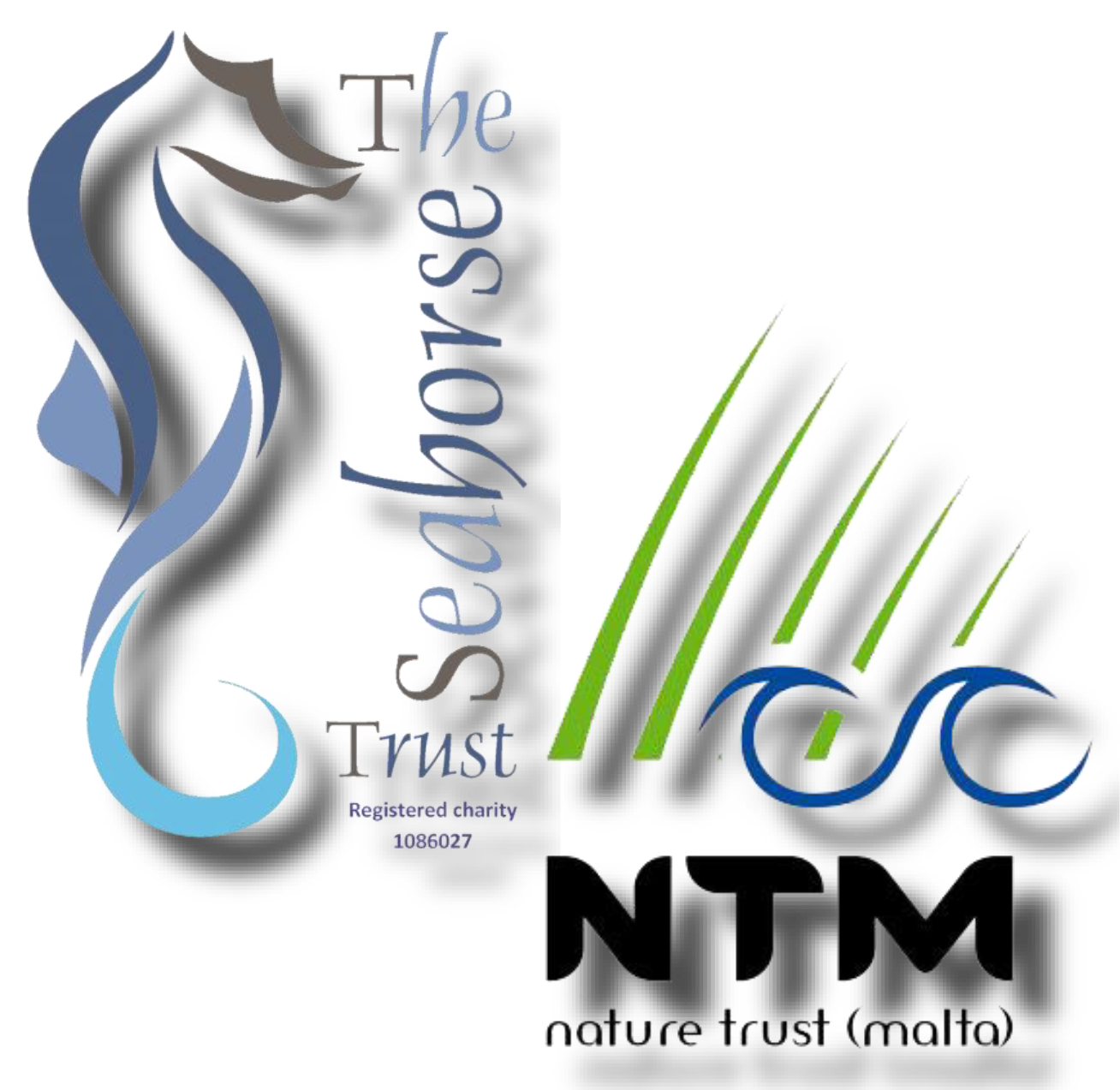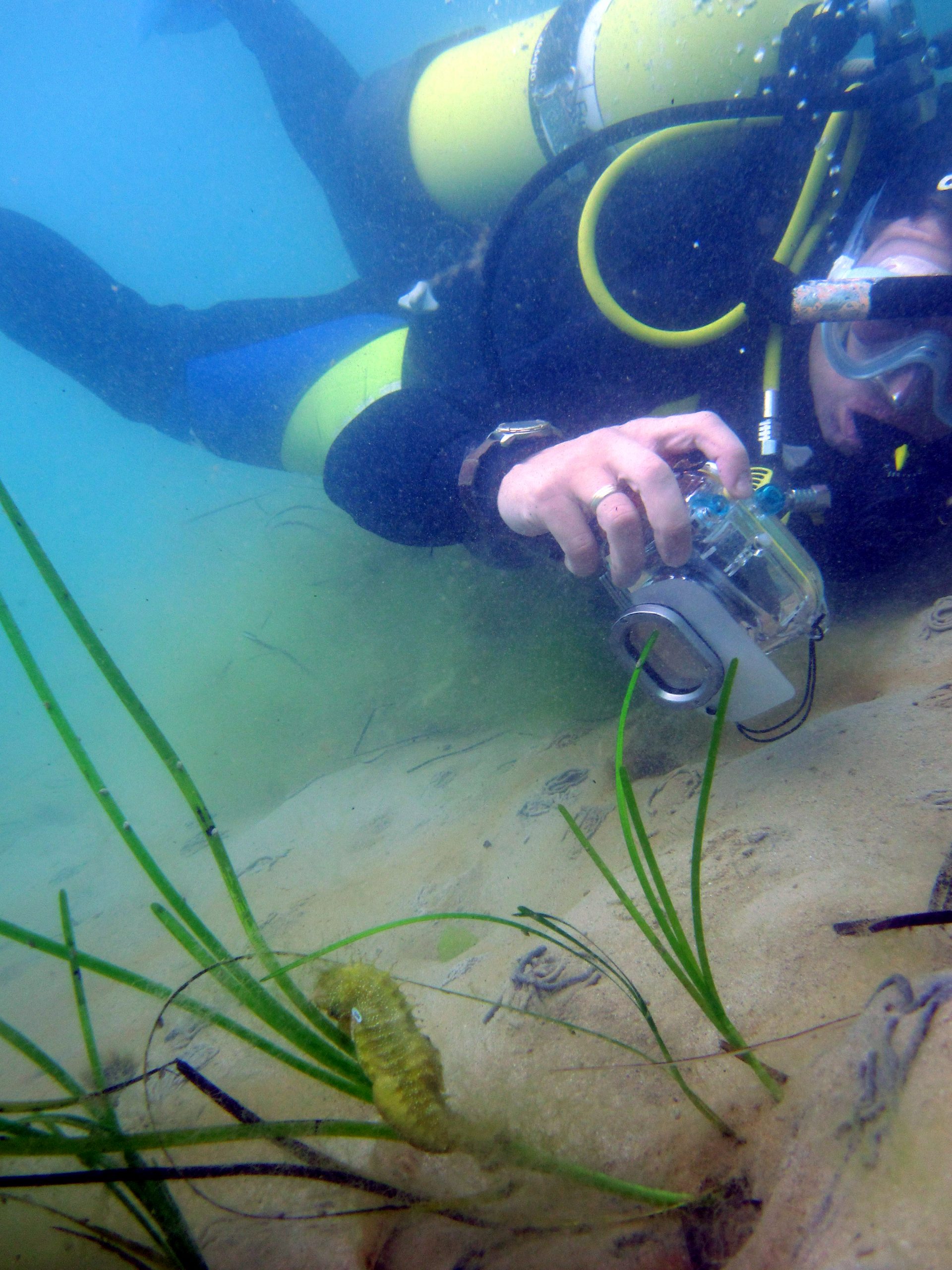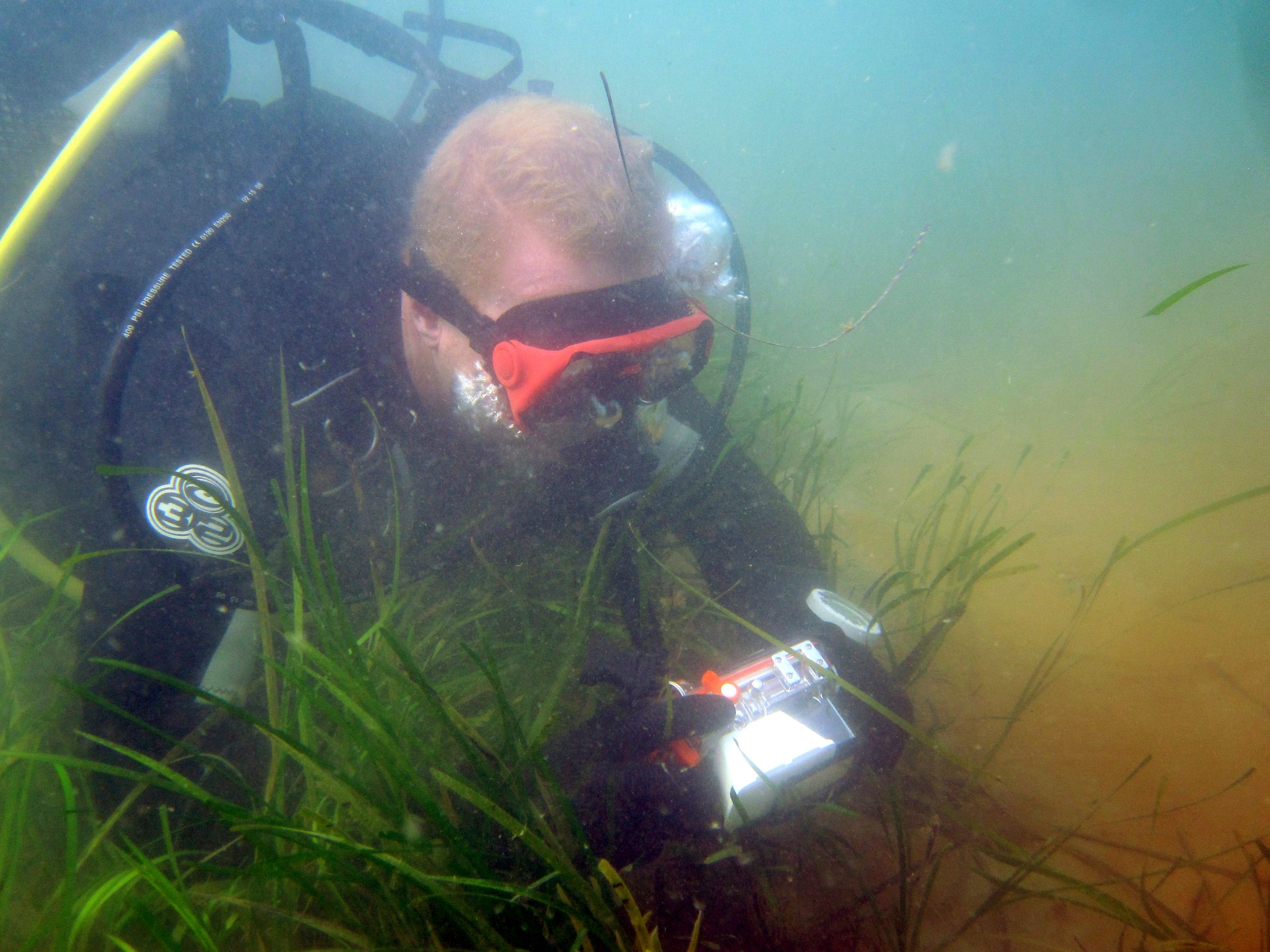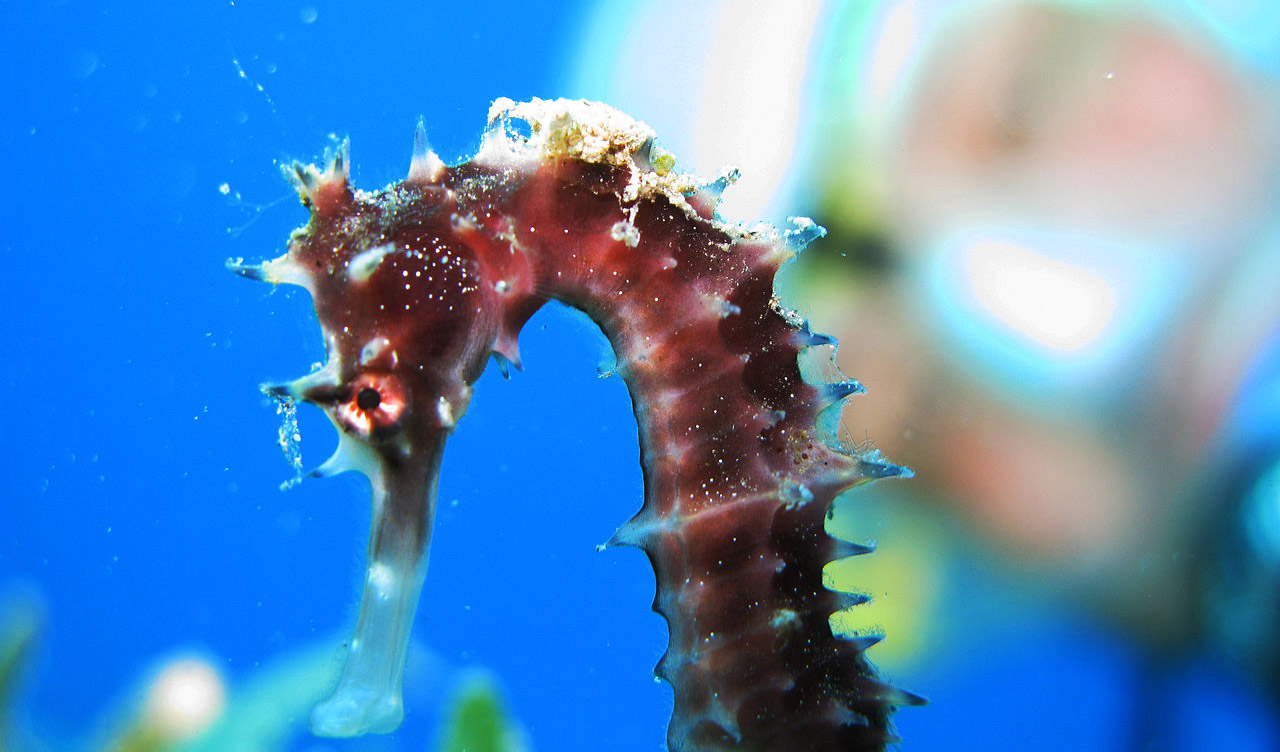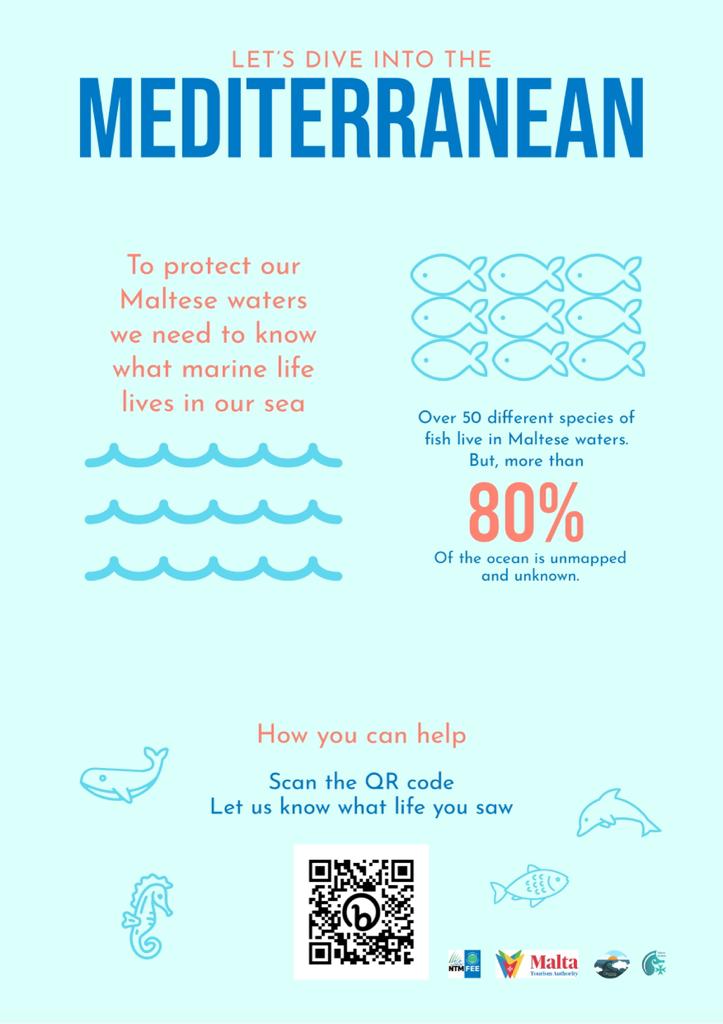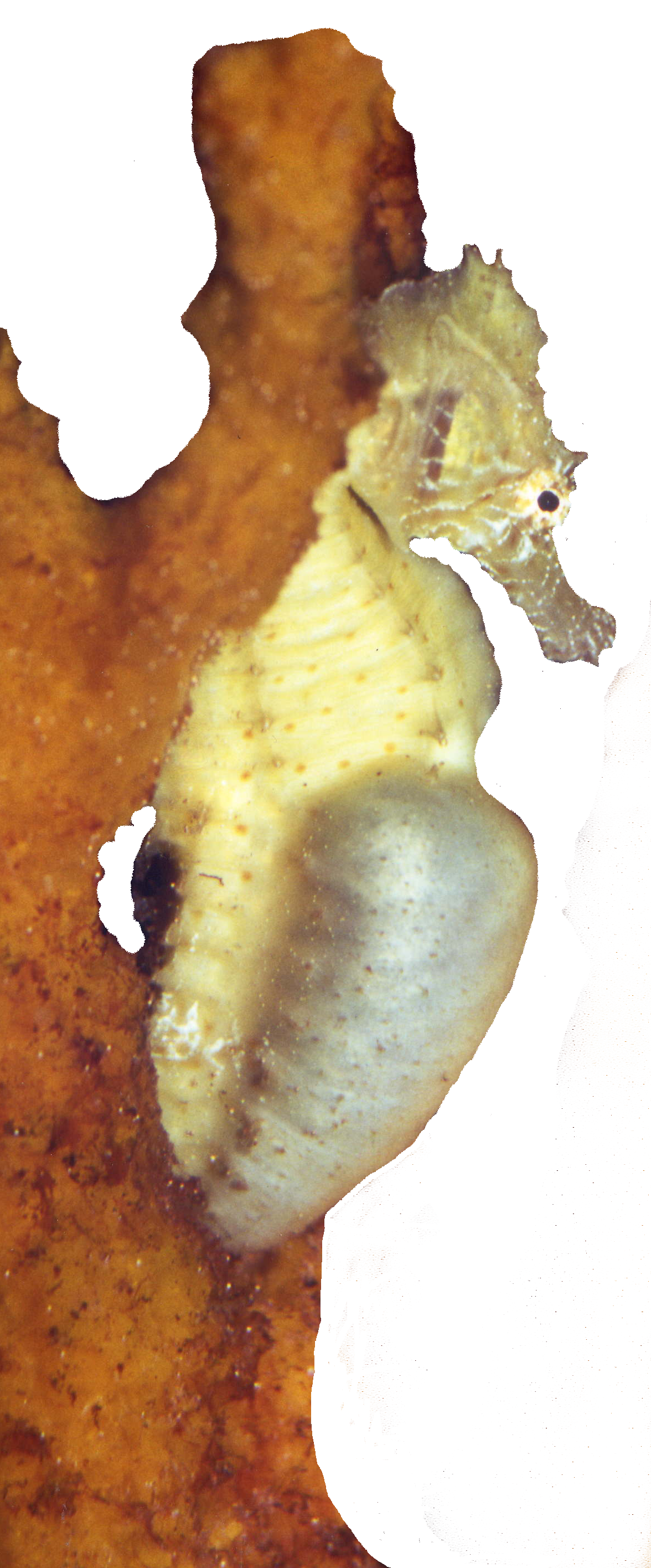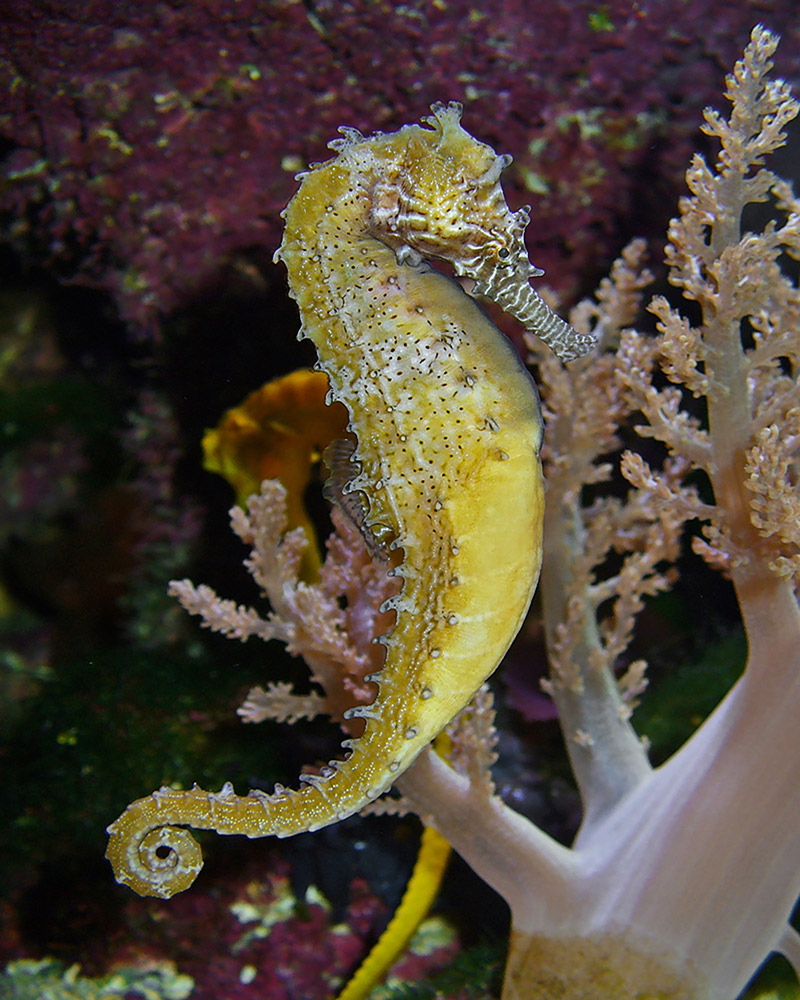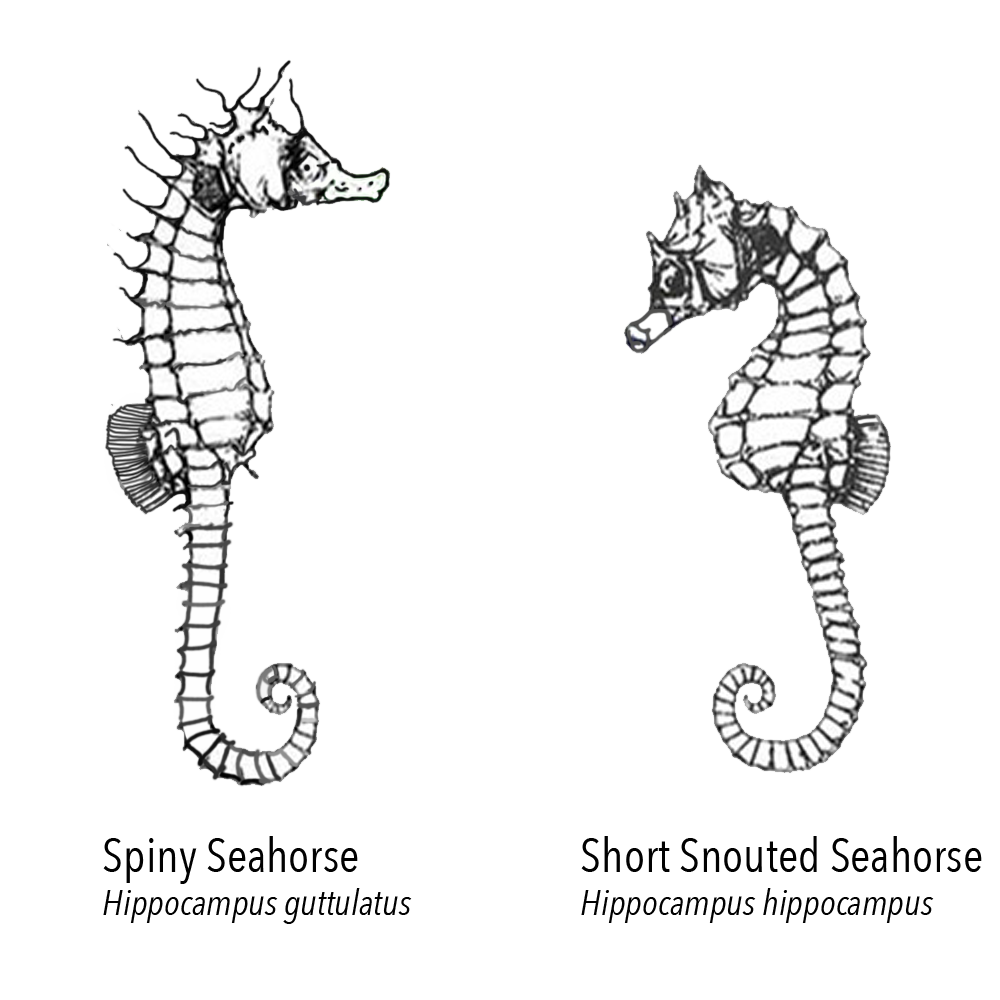Why do we need Seahorse guidelines?
THE IMPORTANCE OF PROTECTING THE SPECIES AND WHY
Diving to spot and take pictures of seahorses in the wild has become a very popular hobby with divers around the world. We fully understand why anyone would want to see these incredible animals, but the very practice of going to see seahorses could cause them to suffer from interference and could be harming them. The diving community needs guidelines to advise them on best practice if they see a seahorse. We have written guidelines below based on over 40 years of working with seahorses, so please abide by them and respect the seahorses.
Seahorses are an unusual fish, in that they suffer from stress, but unless you know what to look for, you would not know it is happening.
One of the first signs of stress when approaching a seahorse is that it will turn its back to you and lower its head to its chest. In worse case scenarios, it will change to a darker colour. These are the signs that show a diver they need to stop what they are doing, and back off to let the seahorse relax. The seahorse is trying to present as small a profile as possible to make it invisible to any potential predator.
Seahorses naturally carry a number of diseases dormant in their bodies, such as TB or vibrio. If they get stressed, one or other of these diseases could affect them, and over a number of days or weeks they could die as a result of the infection.
Flash and lighted photography induce a great deal of stress in seahorses and this is why so many countries and public aquariums around the world ban them.
Some people still take pictures and videos of seahorses. If you intend to do this, then please take care and limit your pictures to one or two. Don’t use flash and never move the seahorse to get it into a better position. It is against the law to touch a seahorse without a licence. If they go to move off, then let them go, they obviously want to get away from you.
Please help our research if you have taken a picture by sending it to us. so we can identify the species, sex and in some cases the individual you have photographed. This will help to protect them for the future.

